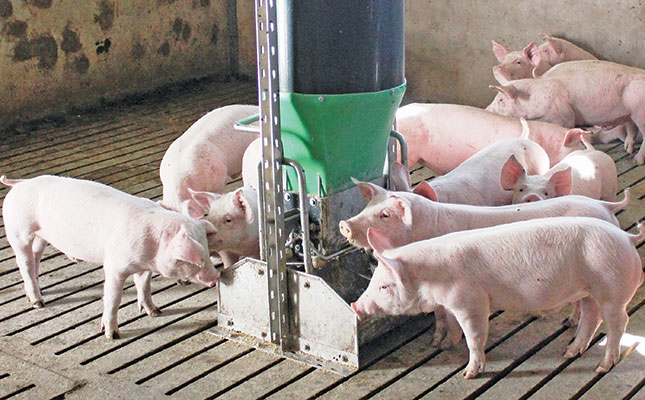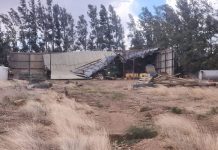
With approximately 65% of South Africa’s commercial pig herd now officially registered with the South African Pork Producers’ Organisation’s (SAPPO) compartmentalisation system, the local commercial herd is now one of the healthiest in the world.
This was according to Johann Kotze, CEO of SAPPO, who explained that compartmentalised piggery operations had essentially “placed themselves under quarantine”.
“In our compartmentalised piggeries, it’s not a case that they have a notifiable disease and have quarantined themselves to prevent the disease’s spread. It’s actually for these piggeries to protect themselves from the impact of any notifiable or other diseases that may break out elsewhere in South Africa.”
Data presented by SAPPO showed that by 31 January, 104 piggeries and 57 sow units in South Africa were voluntarily participating in the compartmentalised system.
This figure had grown steadily since 31 August 2016, when 77 piggeries and 39 sow units were in the system.
Kotze pointed out that with South Africa’s pig production compartmentalisation system, even if a notifiable disease, such as African swine fever or foot-and-mouth disease, broke out elsewhere in the country, compartmentalised piggeries could continue to export pork to international trade partners that recognised the system.
“These trade partners understand and trust our compartmentalised system, and they also trust the safety of the pork that comes out of it. Our system is light years ahead of even the US and the EU,” he added.
Dr Pieter Vervoort, managing director of the National Animal Health Forum, said the forum supported any methods, including the compartmentalised system, that were used to control animal diseases.
“Pork producers have shown very nicely that compartments are assisting South Africa in limiting diseases that are endemic to the country. [The compartmentalised system has] also been very good from the side of our trading partners that have accepted it,” he said.
He explained that this system allowed participating piggeries to prove to national and export markets exactly how their pork was being produced. In turn, this helped to create trust with the end-consumers of South African pork.
Kotze said, however, it remained a challenge for South Africa’s smaller-scale piggeries to participate in the system.
“The costs of the infrastructure needed, such as fencing and showers, for the system, are often prohibitive to smaller-scale piggeries that don’t have the benefits of economies of scale. This does not mean that these piggeries are not delivering quality pigs. It’s just that they don’t have the added protection of their assets that is provided by the compartmentalised system,” he explained.









